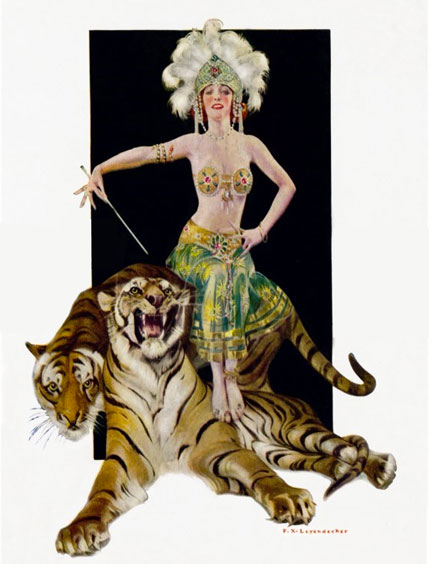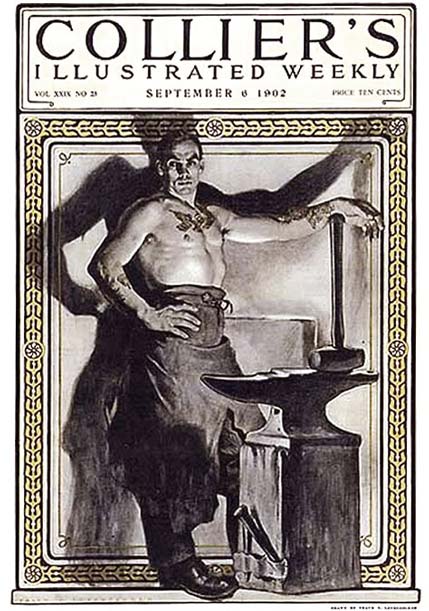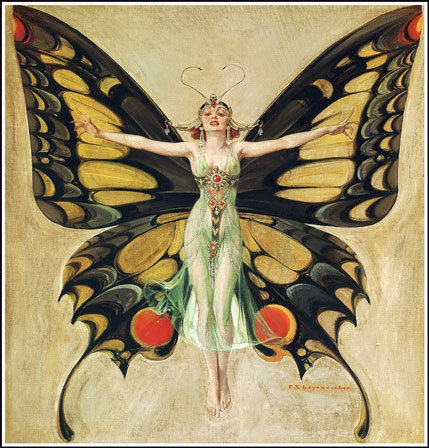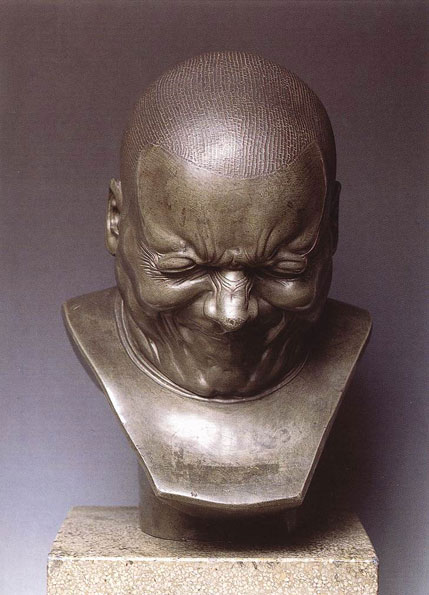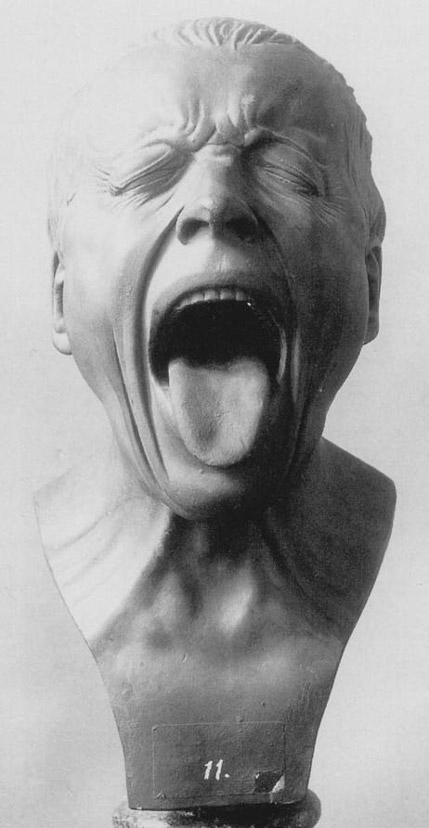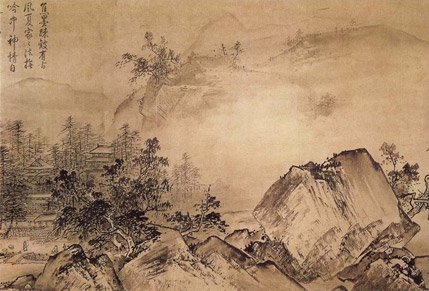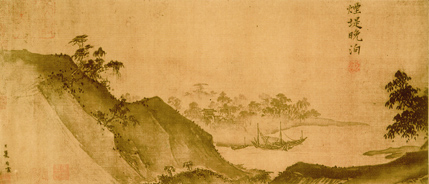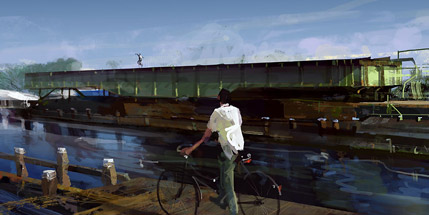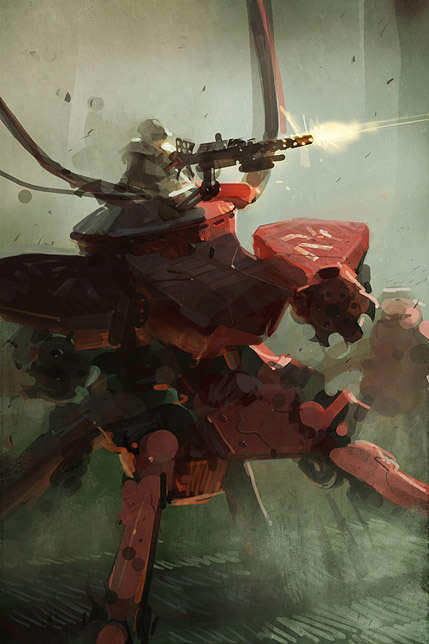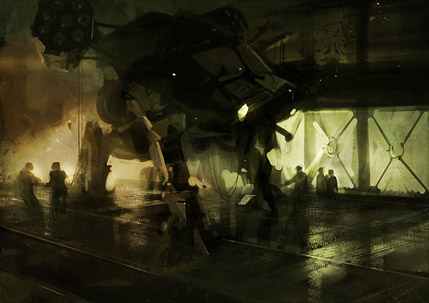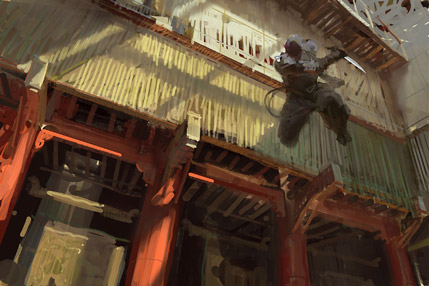As we near the end of our journey through the alphabet some of you may have noticed a slight itching in the back of your eyes. Maybe you’ve felt hunger pains, not in your belly, but at the midpoint of your head. That’s where your visual cortex is found and that hunger signals the beginning stages of art addiction. Other symptoms include a compulsive need to discover all the names of teachers and friends of a particular well-known artist, exploding bookcases due to the weight of too many art books, and a deep knowledge of auction houses and their scheduled public viewings. Lastly, hives.
Don’t worry, the addiction is relatively benign and plenty of support groups exist. Just remember, it’s a scavenger hunt which has no list and never ends.
Note: Click on images to see them larger and in much higher quality.
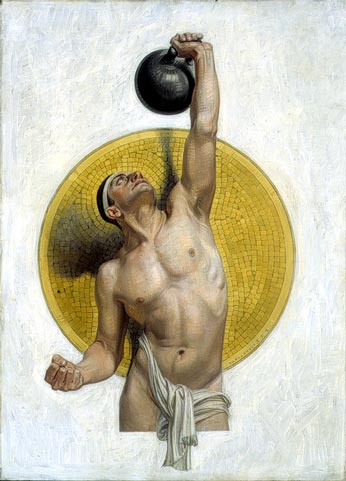
F. X. Leyendecker
The fates are not kind to some artists. A talented and extremely well-trained artist who took on numerous illustration commissions, his entire career was enshrouded in the shadow of his older brother J.C. Leyendecker. A fact that slowly ground down his will to work and eventually his will to live.
![]()
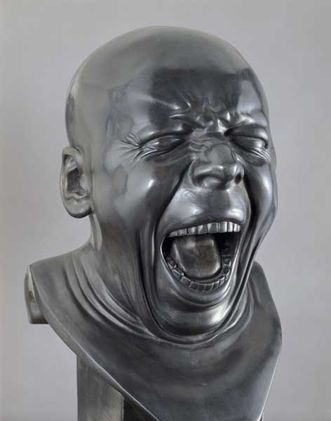
Franz Xaver Messerschmidt
Some portrait busts show as much expression as the stones from which they’re carved. Not so in Messerschmidt’s case. The faces on his sculptures contort, grimace, and yawn. Most of these sculptures were produced towards the end of his life. According to him, they angered “The Spirit of Proportion,” whom, he claimed, would visit him at night and torture him for producing these artistic transgressions.
![]()
(Note: The above image is several megabytes enlarged.)
Xia Gui
It’s astounding what can be accomplished with the simplest of tools. Xia Gui’s beautiful paintings produced with ink on silk are considered some of the greatest in China’s long heritage. His subtle use of washes and variety of brushstrokes create vast compositions that extend far beyond the silk’s limiting borders.
![]()
Xiaoye Chen
A concept artist who’s following in the footsteps of artists like Craig Mullins and Sparth. Sketchy swaths of color and a cinematic flare for light render all matter of fantastic subjects from mechs to ninjas. Rather than trying to mimic traditional media, he uses digital tools to create images that have a look that’s solely their own.
C O L O P H O N
Benjamin Fox is credited with cutting the first Clarendon typeface, designed in collaboration with Robert Besley, in 1845. A sturdy slab-serif with characteristic bracketed serifs, Clarendon has remained useful and popular since its introduction, inspiring many variants and interpretations. Hermann Eidenbenz’s 1953 Haas version (now available from Adobe) is seen above.
We are Kurt Huggins and Zelda Devon. We live in a pocket-sized apartment in Brooklyn where we collect neat, weird things. Our home is abundant with books, old furniture, mismatching tea cups, and a cat named Cipher. We both illustrate stuff for money so we can continue to invent stories, buy shoelaces, watch puppet shows, and eat sandwiches.











